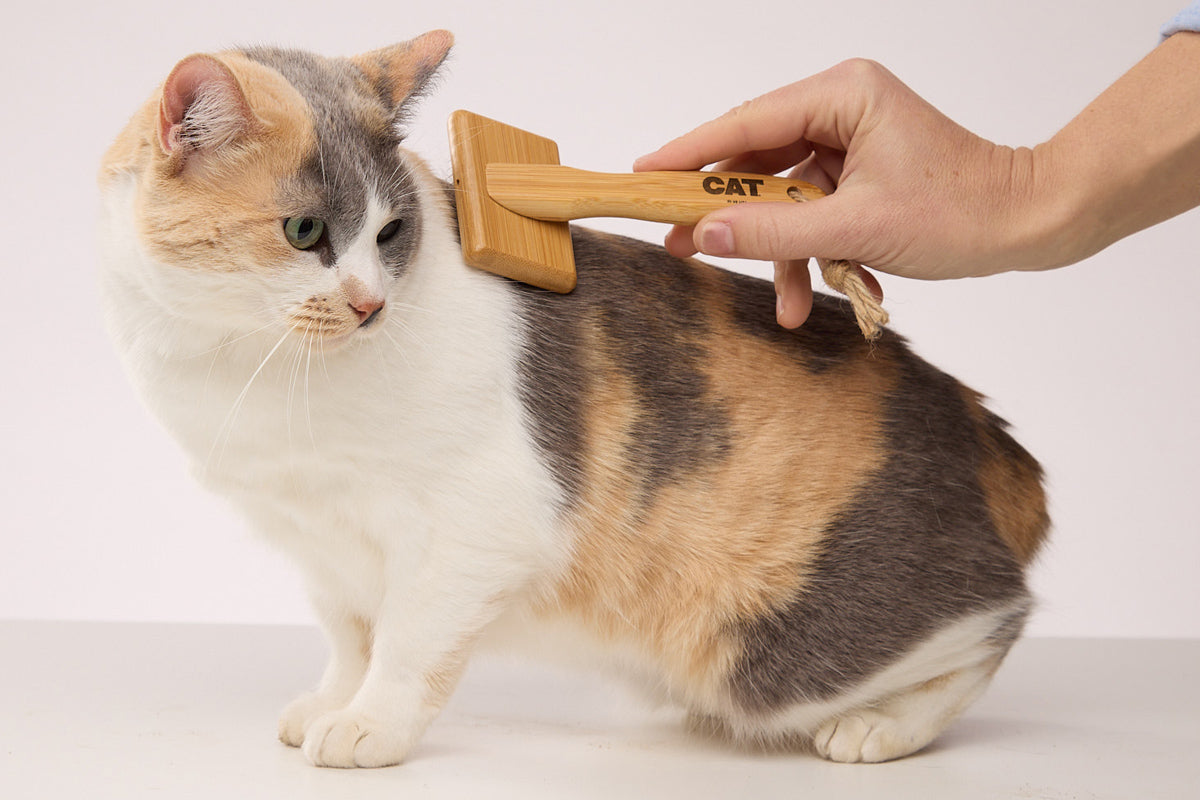Talk to a
vet now

Free shipping for AU orders over $120
Free shipping for AU orders over $120
Please select your store


Sometimes they can go overboard and groom themselves too much - this can happen due to parasites, skin irritants and even anxiety. Over-grooming can lead to hair loss, secondary infections and excessive ingestion of hair.
Even though our cats are independent and act like the rulers in our household, we servant-humans play an important role in keeping our cat’s skin and coat healthy. Daily brushing will help remove loose hair, dirt and debris, which means there is less work for your cat to do. When we brush them, we reduce the amount of hair ingested, which can lead to less hairballs and less hair shed around your home.
Long-haired cats need regular brushing to help reduce knots and tangles. Brushing also helps spread the natural coat oils and stimulates the blood circulation in the skin. The result: healthy skin and a smooth, shiny coat. And you’ll get to spend more time with your cat, once they realise that brushing actually feels good. It’s also a great way for you to pick up on any potential health issues early on, such as changes in weight, skin abnormalities, lumps or parasites.
It’s important to choose a brush that suits your cat’s coat type and use gentle strokes to avoid hurting them. Keep brushing sessions short and positive, use treats where possible and gradually increase the time spent brushing as your cat becomes more tolerant. Brush their coat in the direction of hair growth, taking care around sensitive areas like the belly and tail. And if you encounter any tangles, use a comb to carefully work them out. Never attempt to cut out a knot because cats have thin skin that can be accidentally cut. Instead, visit your vet or professional groomer to help remove these stubborn knots.
So while cats are experts in self-pampering, their humble human attendants have a role to play too. Choose the right brush, be gentle and positive, and gradually increase brushing time to help strengthen the bond with your feline friend. And in doing so you’ll help keep them (and their skin and coat) healthy and happy.

Can’t find an answer on our blog? Click here to ask Dr Lisa.